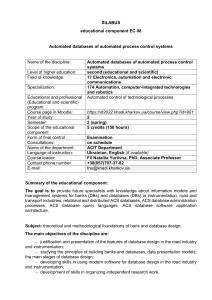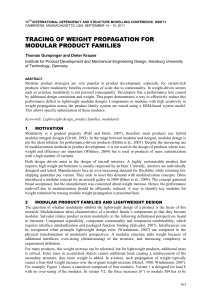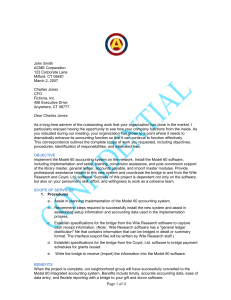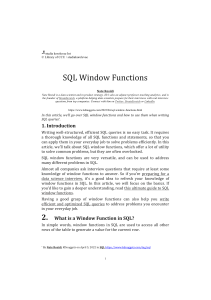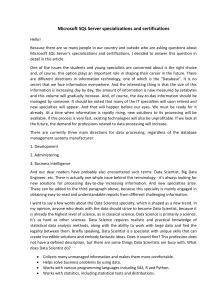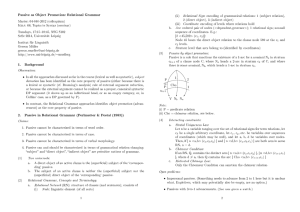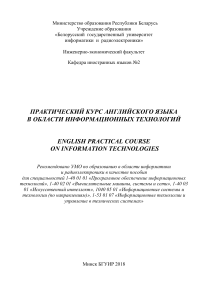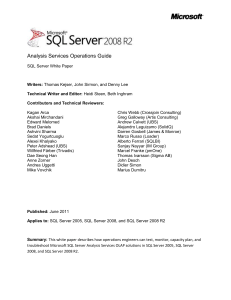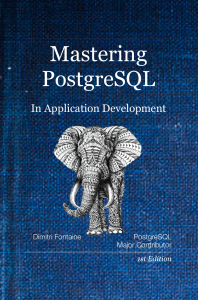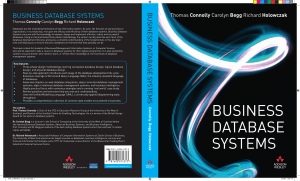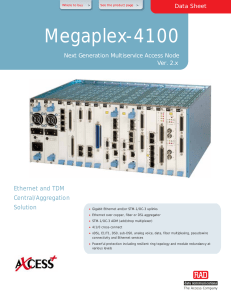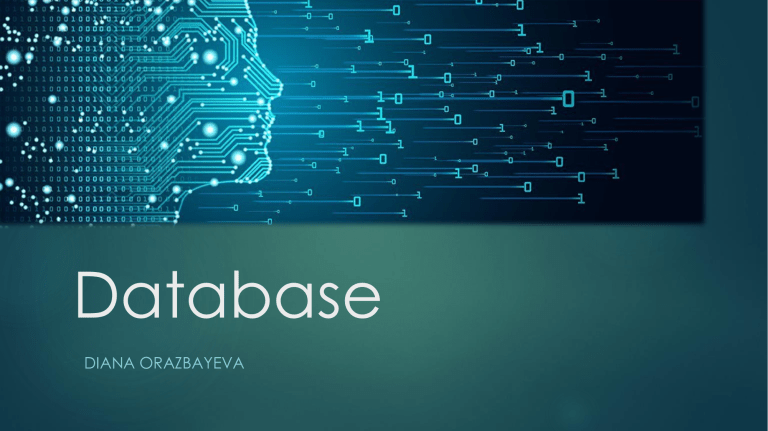
Database DIANA ORAZBAYEVA Database is an information model that allows you to store data about a group of objects that have the same set of properties in an ordered manner. You can compare a database to a filing cabinet that stores documents. In other words, a database is a data warehouse. Databases themselves would not be of interest if there were no database management systems (DBMS). A database management system is a set of language and software that provides access to data, allows you to create, change and delete them, ensures data security, etc. In general, a DBMS is a system that allows you to create databases and manipulate information from them. And it provides this access to the DBMS data through a special language - SQL. SQL is a structured query language whose main purpose is to provide an easy way to read and write information to a database. Database classification The nature of the information stored Factographic databases Documentary databases Data storage method Centralized databases Distributed databases Database structure When creating a database, we strive to organize information according to various criteria in order to then extract the data we need from it in any combination. This can only be done if the data is structured. Structuring is a set of conventions for how data is presented. It is clear that information can be structured in different ways. Depending on the structure, there are hierarchical, network, relational, object-oriented and hybrid database models. The most popular today is the relational structure, so we will only mention the rest in passing. Database Tabular Network Hierarchical The main information unit of the database is a table. The database can consist of one table - a single-table database or of many interconnected tables - a multi-table database. A master key must be defined for each database table. The key value should not be repeated in different records. For example, in a library database, such a key is the inventory number of a book, which does not match for different books. Basic data types • Counter - whole numbers that are set automatically when entering records. These numbers cannot be changed by the user; • Text - texts containing up to 255 characters; • Numeric - numbers; • Date / time - date or time; • Monetary - numbers in monetary format, • Boolean - values True (Yes) or False (No); • Hyperlink - links to an information resource on the Internet (for example, a Web site). The database window is one of the main elements of the Access interface. Table - This is the basic database object, all other objects are created based on existing tables (derived objects). Access database objects Requests. In a DBMS, queries are the most important tool. The main purpose of queries is to select data based on specified conditions. Forms. Forms allow you to display the data contained in tables or queries in a more readable way. Reports. Reports are designed to print the data contained in tables and queries in a beautifully designed format. Macros. Macros are used to automate repetitive operations. Macro recording is done in the same way as in other applications, such as Word. Modules. Modules also serve to automate work with the database. Modules are also called event procedures and are
